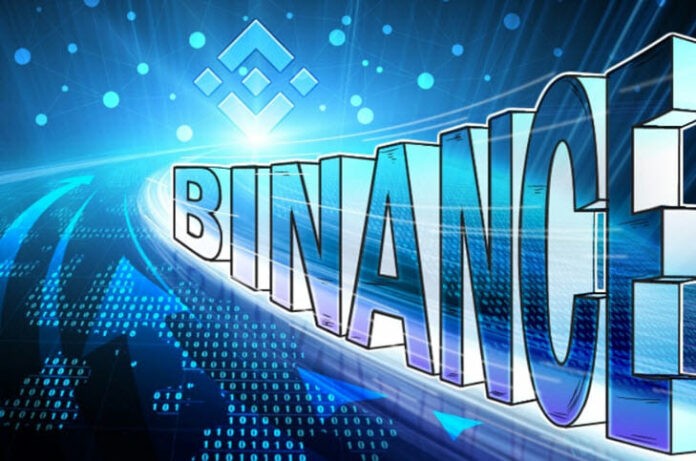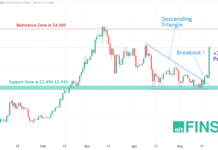The Binance Smart Chain has emerged as the largest competitor to Ethereum, but it is not equivalent with the Binance Chain. Here are the differences between the two blockchains.
History
The largest centralized crypto exchange has issued the Binance Coin (BNB) in July 2017, as an ERC-20 token that grants holders various benefits, such as trading fee discounts and participation rights in IEO lotteries. In order to further enhance the utility of BNB, Binance wanted to launch a blockchain with BNB as native currency.
The focus of the Binance Chain, which was launched in April 2019, was to facilitate fast and decentralized trading through the Binance DEX. This was also the reason why Binance decided to forgo smart contract capability for the Binance Chain and the network congestion that comes along with smart contracts.
In order to enable Turin-complete smart contracts, the Binance Smart Chain (BSC) was launched in September 2020. BSC runs parallel to the Binance Chain using the same staking mechanic, but running an instance of the Ethereum Virtual Machine. This made it possible to create the rich DeFi ecosystem that BSC enjoys now, as DApps can easily be ported over from Ethereum.
Wallets
While BSC uses the same address space as Ethereum and is thus compatible with MetaMask. With their MetaMask wallet, users can easily switch between Ethereum, BSC, and any other blockchain under the MetaMask umbrella at the click of a button.
Binance Chain uses its own address and cannot be accessed from MetaMask. Instead, Binance has created its own wallet that works similar to MetaMask and is connected to the Binance Smart Chain, BSC, and Ethereum.
Token Mechanics
The most widely used token standards for fungible tokens on the Binance Chain are BEP-2 and BEP-8, while BSC uses the BEP-20 standard. When withdrawing crypto assets from Binance or any other centralized exchange, make sure that the withdrawal method matches the chain that you want to withdraw to.
For example, Binance offers BNB withdrawals to both the Binance Chain (BEP-2) and BSC (BEP-20), but most other exchanges only use BEP-2 for BNB withdrawals. Binance also offers both methods for several of the leading crypto assets, such as Bitcoin, Ethereum, Ripple, and Tether, in addition to the blockchains that host these assets originally.
While exchanges can easily spot Binance Chain addresses and reject the withdrawal if the wrong address is entered, it is easy to accidentally pick the wrong withdrawal network between BSC and Ethereum. Luckily, your address and seed phrase are the same on both networks. This means that you can easily recover the lost assets by connecting to the network you sent them to in MetaMask, or import the correct wallet using your seed phrase.
The Binance Chain Wallet also makes it easy to swap tokens between the two Binance networks by simply sending BEP-2 tokens to a BSC address, or BEP-20 tokens to a Binance Chain address. However, this only works for selected “Peggy” coins for which Binance has implemented a specific bridge.
If you want to import tokens from a third-party blockchain, you can use the Binance Bridge, which allows cross-chain transfers for a vast number of assets. Thanks to decentralized Ethereum bridges, such as the one implemented by BurgerSwap, any ERC-20 token can be transferred to BSC and vice versa.
















